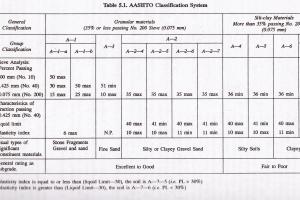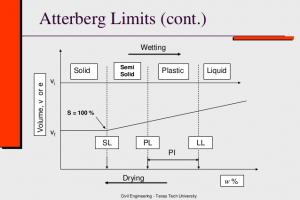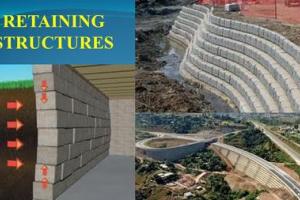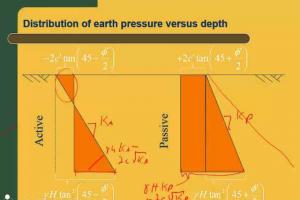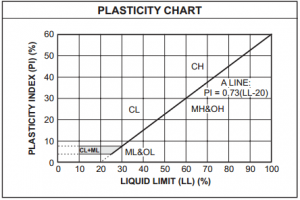Index Properties of Soil
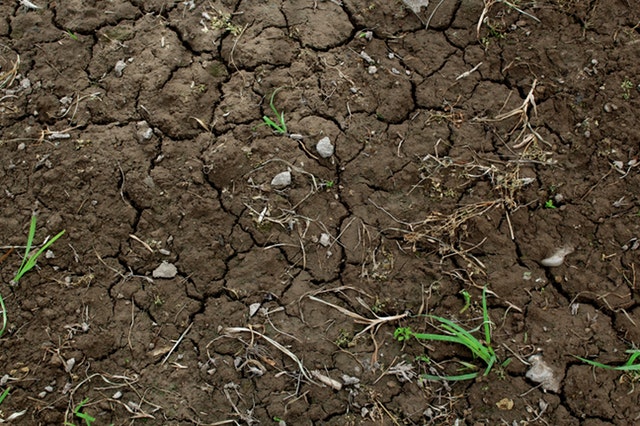
The index properties of soil refer to a set of fundamental physical characteristics used to describe and classify soils. These properties provide important information for geotechnical engineering and soil analysis. The key index properties of soil include the following:
Grain Size Distribution (Sieve Analysis)
This property describes the relative proportions of different particle sizes present in the soil. It is typically represented by a grain size distribution curve or a histogram, showing the percentage of soil particles of various sizes.
The sieves are arranged, keeping the finest below and the coarser above it. A definite quantity of soil is dried in an electric oven (for 24 hrs at 105°C) and put in the top sieve. The cover is placed over the top sieve and a pan is below the lowest sieve. Then the sieves are placed in the sieve shaker and are shaken for a few minutes. The weight of soil thus retained on each sieve is determined and converted into a percentage.
Consistency of Soil
Consistency of soil is the physical state of soil with respect to moisture content present at that time. Consistency means the relative ease with which soil can be deformed. Consistency is related to the fine-grained soil.
Consistency Limits or Atterberg Limits
Atterberg's limits determine the moisture content at which the soil transitions between different states. The moisture content at which the soil change from one state to another State is called consistency limits or Atterberg limits There are four different states of soil:
- Solid State
- Semi Solid State
- Plastic State
- Liquid State
When water is added to the dry soil mass it changes from a solid state to a liquid state passing through a semi-solid and plastic state. Atterberg identifies some other limits which are most useful for engineering purposes.
-
Liquid Limit: The moisture content at which the soil changes from a plastic state to a liquid state, losing its ability to retain its shape.
-
Plastic Limit: The moisture content at which the soil changes from a semisolid plastic state to a brittle solid state, losing its plasticity.
-
Shrinkage Limit: The moisture content at which further reduction in moisture does not significantly affect the volume of the soil.
-
The plasticity index (PI) is the numerical difference between the liquid limit and the plastic limit and provides an indication of the soil's plasticity.
Specific Gravity:
Specific gravity is the ratio of the density of the soil solids to the density of water at a specified temperature. It provides an indication of the soil's mineral composition and can help determine soil classification.
Porosity:
Porosity refers to the void space within the soil that is not occupied by solid particles. It influences the soil's ability to retain and transmit water and air.
Void Ratio:
Void ratio is the ratio of the volume of voids to the volume of solids in the soil. It represents the degree of compaction or looseness of the soil.
Moisture Content:
Moisture content is the amount of water present in the soil expressed as a percentage of the weight of dry soil. It affects soil strength, compaction characteristics, and volume change behavior.
Permeability:
Permeability is a measure of the soil's ability to transmit fluids (usually water) through it. It depends on the grain size distribution, void ratio, and soil structure.
Consolidation Characteristics:
Consolidation properties describe how soil behaves under load and how it undergoes volume change over time due to the expulsion of water from voids.
These index properties provide valuable information about soil behavior, strength, compaction characteristics, and suitability for various engineering applications. They are typically determined through laboratory testing methods and play a crucial role in soil classification systems and geotechnical analysis.



